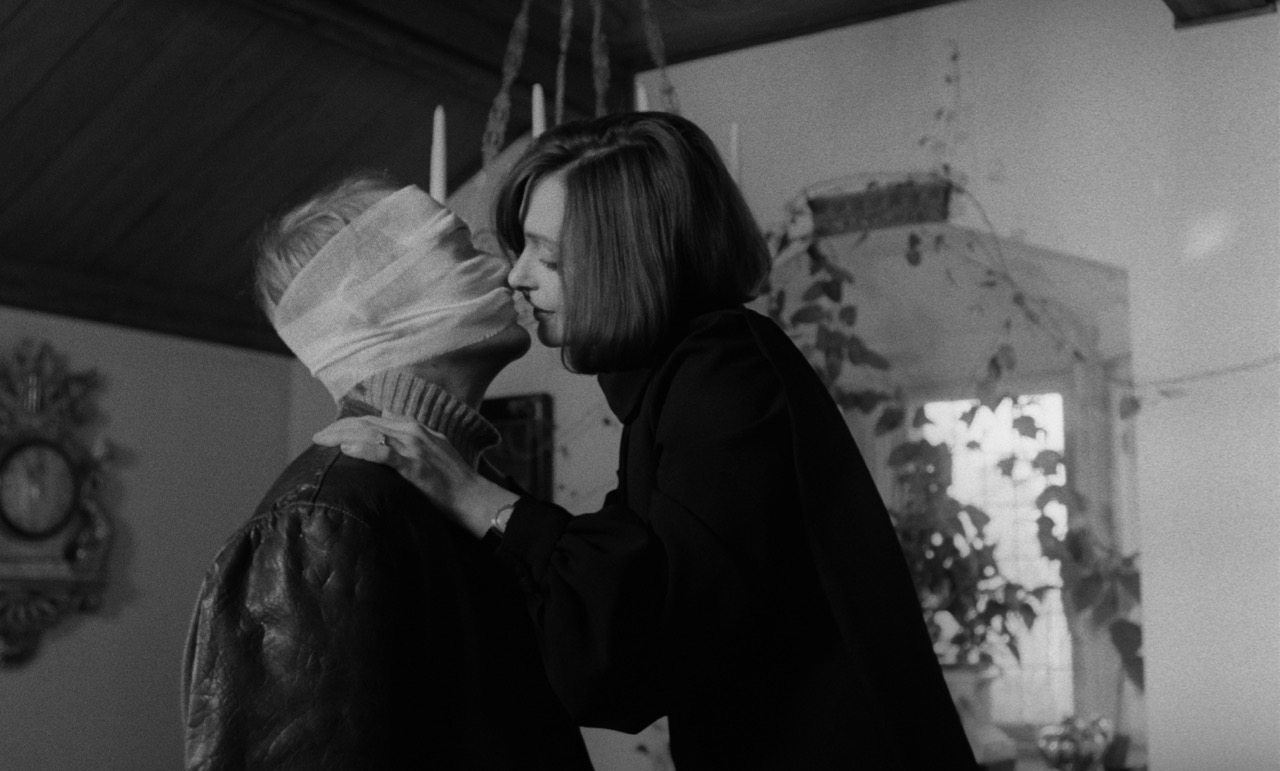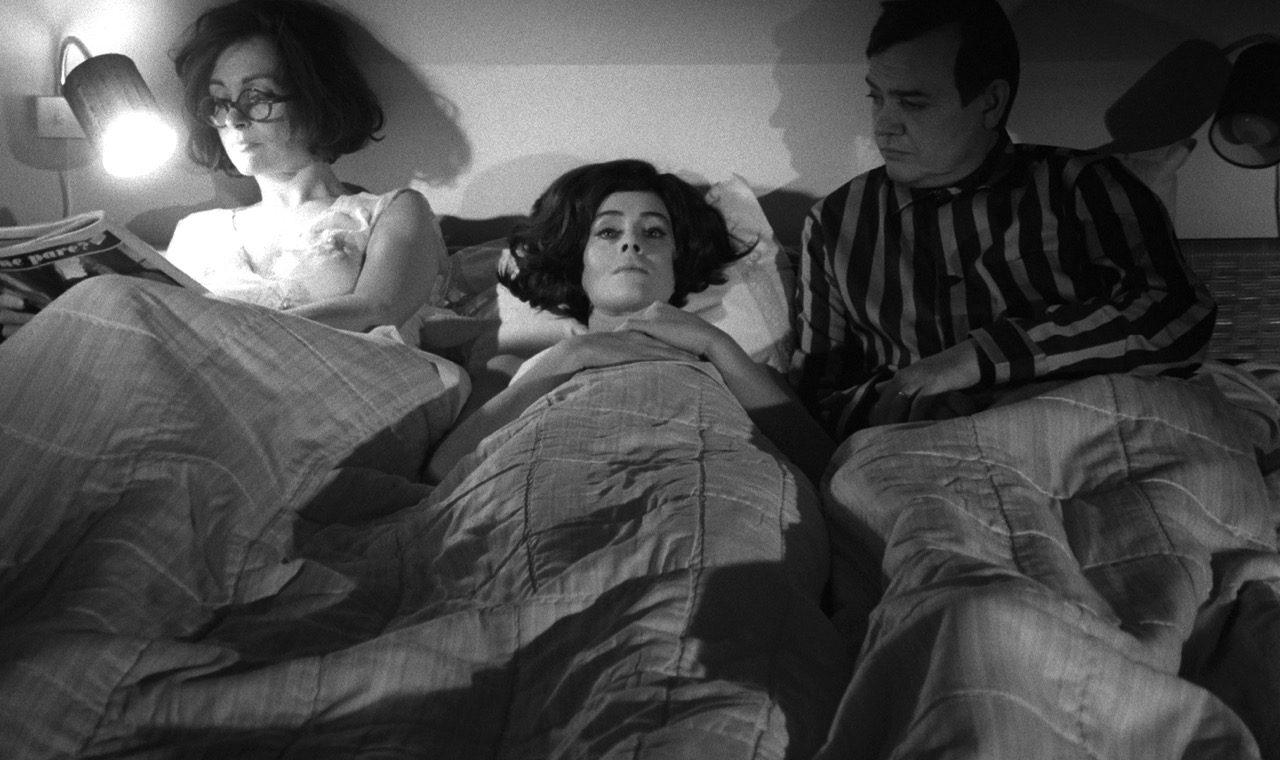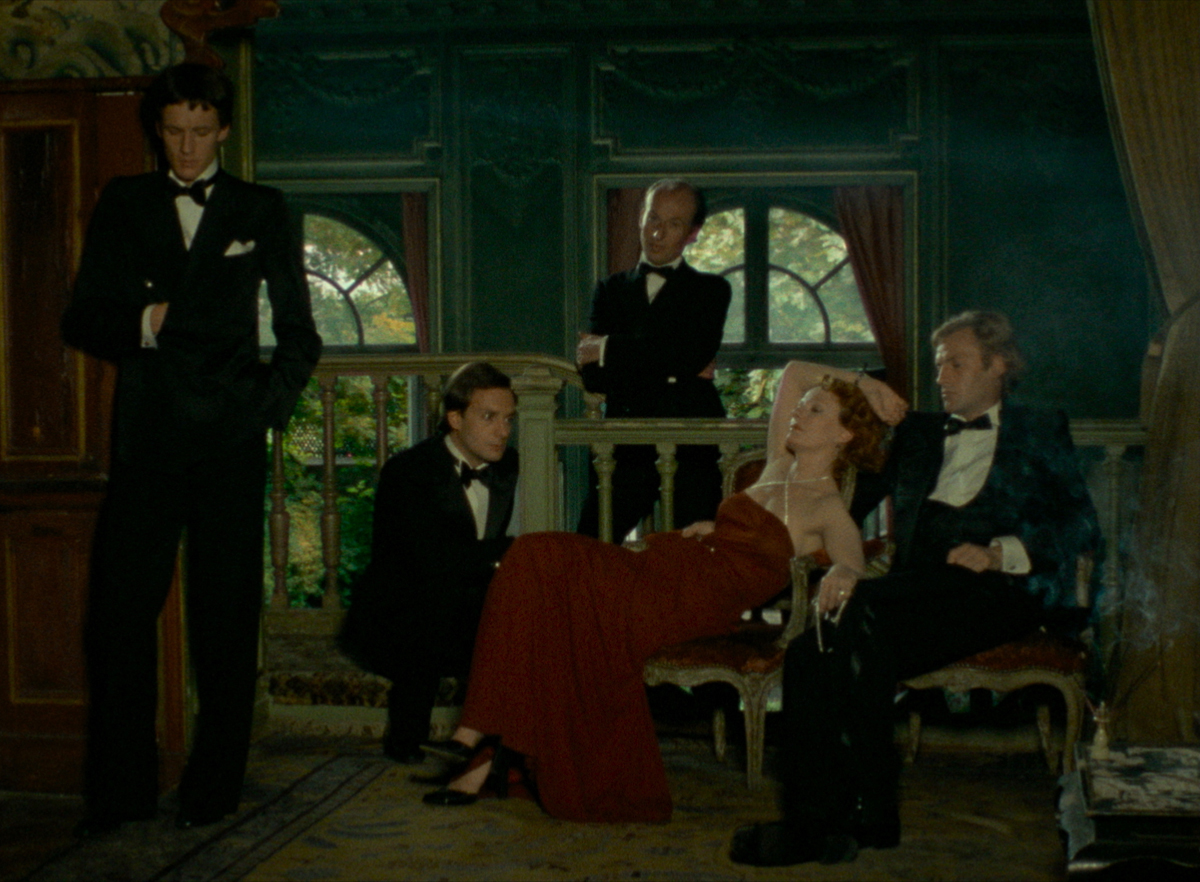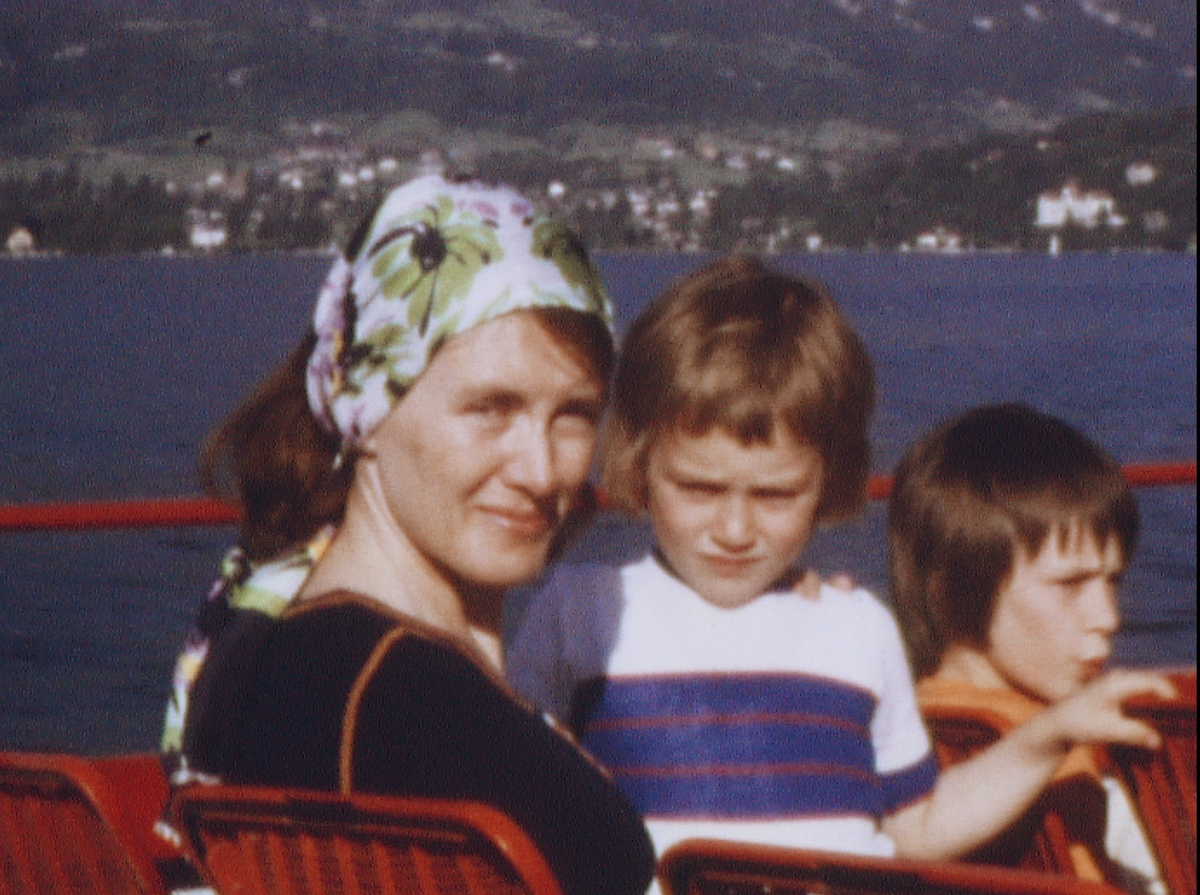 4 Columns
4 Columns
We’ll return with a new issue on September 6! In our first summer missive, we’re shining a spotlight on a trio of writers who made the leap from the blank page to the silver screen.

Gösta Ekman as Tomas and Adriana Asti as Francesca in Duet for Cannibals. Image courtesy Metrograph Pictures.
There is no “I” in “team,” but there is one in “writer.” For some who do it, writing’s greatest appeal is that it can be done alone, according to one’s own schedule. Others, however, need to break out of their isolation. Susan Sontag had already published two novels (The Benefactor, Death Kit) and two career-defining collections of essays (Against Interpretation and Styles of Radical Will) by the time her first film, Duet for Cannibals, played at the 1969 New York Film Festival. As she explained to the New York Times, she loved not toiling by herself: “The film thing is tremendously seductive. The simple pleasure of working with people. Writing is such an ascetic solitary occupation. You can get hooked—as I am—on the fun of making films.” (She would make three more.)

Adriana Asti as Francesca, Agneta Ekmanner as Ingrid, and Lars Ekborg as Dr. Bauer in Duet for Cannibals. Image courtesy Metrograph Pictures.
Assessing Duet for Cannibals, a Stockholm-set psychodrama about a ménage à quatre, Wayne Koestenbaum praised Sontag’s courage for trying a new medium: “Sontag knocks on cinema’s door: she wants to spank cinema but also to be granted admission to its fecundating chamber.” Among its lasting contributions, Koestenbaum continues, the film inspires other boundary crossers: “Can this bold gesture of Sontag’s . . . serve as my model for artistic bravery and jouissance? Can Duet for Cannibals be my new Jane Eyre, proof-text of claiming a voice even if it means you must burn down the house? Style yourself Bertha Rochester Sontag Eyre, who can torch the master’s mansion to write the insurgent, cannibalistic body. As Bertha and Jane sang a duet within the body of Charlotte Brontë, so literature and cinema, those sob sisters, sang a duet within the body of Susan Sontag.”

From left to right: Mathieu Carrière as the German embassy attaché, Didier Flamand as the young guest, Vernon Dobtcheff as Georges Crawn, Delphine Seyrig as Anne-Marie Stretter, and Claude Mann as Michael Richardson in India Song. Courtesy the Criterion Collection.
Marguerite Duras had written at least a dozen works of fiction by the time of her first solo directorial effort, Destroy, She Said (1969), based on her novel of the same name. Her 1975 film, India Song, likewise had its origins in an earlier form: an unproduced play by Duras that had been commissioned in 1972 by Peter Hall for the Royal National Theatre. This hypnotic, elliptical, 1930s-set movie, as 4Columns film editor Melissa Anderson writes, stars Delphine Seyrig as Anne-Marie Stretter, “the wife of the French ambassador to India, who passes her listless days and nights at the crumbling-chic embassy in Calcutta amusing herself with four different lovers.” But we’re not in the Indian megacity at all. As Anderson explains, “ ‘Calcutta’ is actually Boulogne-Billancourt, the tony Paris suburb; the embassy is played by the Château Rothschild.” Deploying this “chimeric geography,” Duras cannily “estranges her home turf and de-exoticizes India.”

Still from The Super 8 Years. Courtesy Kino Lorber. © Les Films Pelléas.
To date, Annie Ernaux, the Nobel Laureate author of a score-plus of works of “impersonal autobiography” (her words), has one film to her name: The Super 8 Years (2022), which she codirected with the younger of her two sons, David Ernaux-Briot. The documentary consists of footage sourced from Ernaux family movies shot between 1972 and 1981; she wrote and delivers the off-screen narration. Anderson notes that Ernaux’s “text for The Super 8 Years is of a piece with her novels: unadorned declarative sentences, a style that she has referred to as l’écriture plate, ‘flat writing.’ In some ways the film is a companion [to Ernaux’s 2008 novel] The Years, which alights on the era depicted here.” However small and intimate, The Super 8 Years is still a cooperative effort, yet one that takes us back to a passage created solely by Ernaux. As Anderson writes, the “collaboration between mother and son epitomizes a particular skill that Ernaux describes in The Years: ‘Of all the ways in which self-knowledge may be fostered, perhaps one of the greatest is a person’s ability to discern how they view the past, at every time of life and every age.’ ”